Blog
Jewellok is a professional pressure regulator and valve manufacturer and supplier.
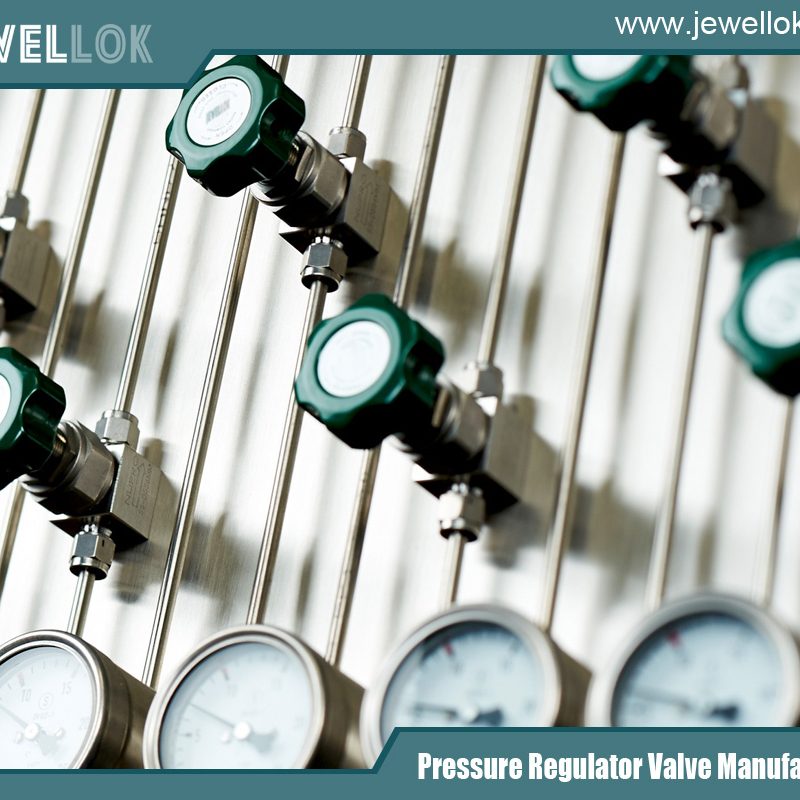
Adjustable Low Pressure Propane Regulator
- Pressure Regulator Valve Manufacturer
- 2 inch irrigation valve, adjustable low pressure propane regulator, adjustable low pressure propane regulator with gauge, adjustable low pressure propane regulators factory, adjustable low pressure propane regulators hotsale, adjustable low pressure propane regulators manufacturer, adjustable low pressure propane regulators supplier, air compressor non return valve, argon hose connector, electric water valve 12v, ferrule connector, fire arrestor, high purity regulators, high purity valves, how a gas pressure regulator works, how a pressure regulator works, how do pressure regulators work, how often should pressure relief valves be replaced, humming propane regulator, laboratory gas valves, low pressure propane regulator, low pressure propane regulator factory, low pressure propane regulator for generator, low pressure propane regulator manufacturer, low pressure propane regulator supplier, pressure regulator valve leaking, pressure relief valve vs safety valve, propane adjustable pressure regulator, propane manifold with valves, regulator valve alibaba international market, relief valve safety valve difference, safety or relief valves, safety relief valve vs safety valve, safety valve vs pressure relief valve, second stage propaneregulator, timed water valve, timer water valve, two stage pressure regulator
- No Comments
Adjustable Low Pressure Propane Regulator
Propane is a widely used fuel, powering everything from home heating systems and kitchen appliances to industrial machinery and recreational vehicles. Stored in tanks or cylinders at high pressures—typically between 100 and 200 psi—propane must be carefully managed to ensure it’s safe and effective for everyday use. Most appliances, however, operate at much lower pressures, often in the range of 10-15 inches of water column (WC), equivalent to about 0.36-0.54 psi. This dramatic reduction in pressure is achieved through a key device: the adjustable low pressure propane regulator. Unlike fixed regulators, these adjustable variants allow users to fine-tune the output pressure to meet specific needs, making them indispensable in a variety of settings. In this article, we’ll explore how these regulators are designed, how they function, and where they’re applied, while also covering safety, selection, and emerging trends. Whether you’re a homeowner, a technician, or an engineer, understanding adjustable low pressure propane regulators is essential for optimizing propane-based systems.
What is an Adjustable Low Pressure Propane Regulator?
An adjustable low pressure propane regulator is a specialized valve designed to reduce the high pressure of propane gas from a storage tank to a lower, appliance-friendly level. While fixed regulators deliver a single, predetermined pressure, adjustable regulators offer flexibility, allowing users to set the output pressure within a range—typically from 0 to 20 inches WC. This adjustability makes them ideal for applications requiring precise control, such as custom heating setups or industrial processes.
In many propane systems, regulators operate in a two-stage configuration. The first-stage regulator lowers the tank pressure to an intermediate level (around 10 psi), and the second-stage regulator—often adjustable—brings it down further to the final pressure needed by the appliance. Adjustable regulators are commonly used in this second stage for their ability to adapt to varying demands.
Key components of these regulators include:
- Pressure Adjustment Mechanism: A screw, knob, or T-handle that lets users modify the output pressure.
- Diaphragm and Spring System: These work together to regulate gas flow based on pressure changes.
- Inlet and Outlet Connections: Standardized fittings (e.g., 1/4″ or 3/8″ NPT) for seamless integration.
- Vent Port: Ensures the diaphragm operates correctly and provides a safety outlet if the diaphragm fails.
These features make adjustable regulators versatile tools for managing propane safely and efficiently.

How Does an Adjustable Low Pressure Propane Regulator Work?
The functionality of an adjustable low pressure propane regulator hinges on a delicate balance of mechanical components and gas pressure. Here’s a detailed look at the process:
- Gas Entry: Propane flows into the regulator from the tank or first-stage regulator through the inlet port at a relatively high pressure.
- Valve Control: A valve, connected to a diaphragm, regulates the gas flow. When the valve opens, gas moves to the outlet; when it closes, the flow stops.
- Diaphragm Dynamics: The diaphragm, a flexible membrane, responds to pressure changes. A spring above the diaphragm applies downward force, pushing the valve open. The spring’s tension is adjustable via a screw or knob.
- Pressure Regulation: If the outlet pressure drops below the set point, the spring forces the diaphragm down, opening the valve to increase gas flow and restore pressure. If the pressure rises too high, the diaphragm pushes up against the spring, closing the valve to reduce flow.
- Vent Role: The vent port keeps the space above the diaphragm at atmospheric pressure, allowing free movement. It also acts as a safety release if the diaphragm ruptures.
- User Adjustment: Turning the adjustment screw alters the spring tension—tightening it increases pressure, loosening it decreases it.
This mechanism ensures a stable output pressure despite fluctuations in inlet pressure or appliance demand, making adjustable regulators highly adaptable.
Design Considerations for Adjustable Low Pressure Propane Regulators
Creating an effective adjustable low pressure propane regulator requires careful attention to several factors:
- Material Choices:
- Body: Often made of die-cast aluminum or brass for durability and resistance to corrosion.
- Diaphragm: Typically nitrile rubber (Buna-N) or silicone, chosen for flexibility and compatibility with propane.
- Springs: Stainless steel to maintain tension and resist rust.
- Pressure and Capacity: The regulator must handle the inlet pressure (up to 10 psi in many cases) and deliver the required flow rate, measured in BTU/hour or cubic feet per hour (CFH).
- Adjustment Design: A precise, user-friendly mechanism—such as a slotted screw or T-handle—is crucial, sometimes with a lock to prevent unintended changes.
- Safety Features: Overpressure relief valves or vents protect the system, while quality seals prevent leaks.
- Temperature Range: Materials must perform reliably in extreme conditions, from freezing cold to intense heat.
- Standards Compliance: Regulators should meet ANSI or CSA standards to ensure safety and compatibility.
These design elements ensure regulators can maintain consistent pressure and withstand real-world challenges, enhancing both safety and performance.
Selecting the Right Adjustable Low Pressure Propane Regulator
Choosing the appropriate regulator involves matching its specifications to your system’s needs. Consider these factors:
- Appliance Needs: Check the required pressure (e.g., 11 inches WC for a grill) and flow rate.
- Inlet Pressure: Confirm compatibility with the pressure from the tank or first-stage regulator.
- Adjustment Range: Ensure the regulator’s range (e.g., 0-20 inches WC) covers your target pressure.
- Capacity: Match the BTU/hour or CFH rating to the appliance’s demand to avoid pressure drops.
- Connections: Verify that inlet and outlet sizes (e.g., 1/4″ NPT) fit your piping.
- Vent Positioning: For outdoor use, the vent should face downward to keep out water and debris.
- Certifications: Opt for UL- or CSA-certified models for safety assurance.
- Environment: Select materials suited to your climate, especially for cold-weather flexibility.
Consult appliance manuals or professionals to ensure a perfect fit. A well-chosen regulator enhances efficiency and safety.
Applications of Adjustable Low Pressure Propane Regulators
These regulators shine in diverse scenarios:
- Residential Use: Fine-tuning pressure for stoves, heaters, or fireplaces in homes.
- Commercial Cooking: Ensuring consistent performance in restaurant grills and ovens.
- Industrial Processes: Controlling burners in manufacturing, like metal forging or glassmaking.
- RV and Camping: Adapting to portable stoves or heaters at varying altitudes.
- Agriculture: Powering irrigation pumps or grain dryers with adjustable pressure.
- Emergency Power: Stabilizing pressure for propane backup generators.
Their ability to adapt to specific pressure needs makes them invaluable across these fields.
Maintenance and Safety Considerations
To keep regulators safe and functional:
- Inspections: Regularly check for wear, corrosion, or damage.
- Leak Tests: Use soap solution to detect leaks—bubbles signal a problem.
- Vent Care: Keep the vent clear, using screens outdoors if needed.
- Pressure Verification: Use a manometer to confirm output matches settings.
- Replacement: Swap out regulators every 10-15 years per manufacturer guidelines.
- Installation: Position correctly, with vents downward outdoors.
- Adjustment Limits: Stay within appliance pressure ratings to avoid damage.
Follow local propane regulations and know how to shut off the gas supply in emergencies. These steps ensure long-term reliability.
Challenges and Future Trends
Regulators face issues like corrosion, pressure instability, and altitude effects. Innovations addressing these include:
- Enhanced Materials: Corrosion-resistant coatings for durability.
- Smart Technology: Sensors for real-time monitoring and adjustments.
- Advanced Diaphragms: Better performance across temperatures.
With propane’s role in sustainable energy growing, regulators are evolving to boost efficiency and reduce emissions.

Conclusion
Adjustable low pressure propane regulators are vital for safely delivering propane at the right pressure for countless applications. Their thoughtful design and adjustable nature make them adaptable and reliable, while proper selection and maintenance ensure optimal performance. As technology progresses, these regulators will incorporate smarter, more durable features, cementing their place in propane systems. Mastering their use is key to harnessing propane’s potential safely and effectively.
For more about tank pressure vs regulated pressure: understanding the differences and their impact, you can pay a visit to Jewellok at https://www.jewellok.com/ for more info.
Recent Posts
How Does An Acetylene Gas Changeover Manifold Work?
How Does A Carbon Dioxide Gas Pressure Regulator Work?
How Does A Oxygen Gas Pressure Regulator Work?
How Does A Helium Gas Pressure Regulator Work?
How Does A Nitrogen Gas Pressure Regulator Work?
How Does An Argon Gas Pressure Regulator Work?
How Does A Propane Gas Pressure Regulator Work?
How Does A Acetylene Gas Pressure Regulator Work?
How Does the High Pressure Back Pressure Regulator Work?
The Complete Guide to Camco 59013 Single Stage Propane Regulator
Tags
Recommended Products
-
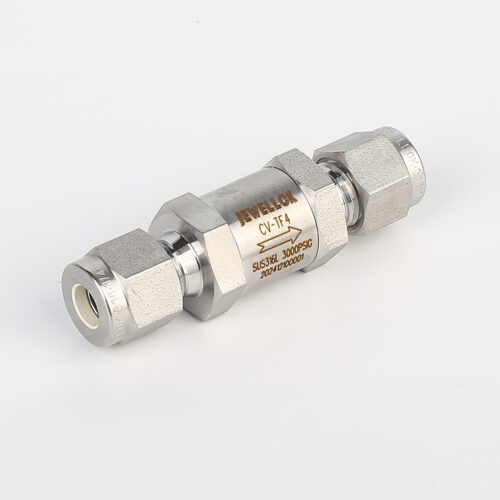
High Pressure High-Purity Welded Check Valves And Low Cracking Pressure Check Valve JCV1 Series
-
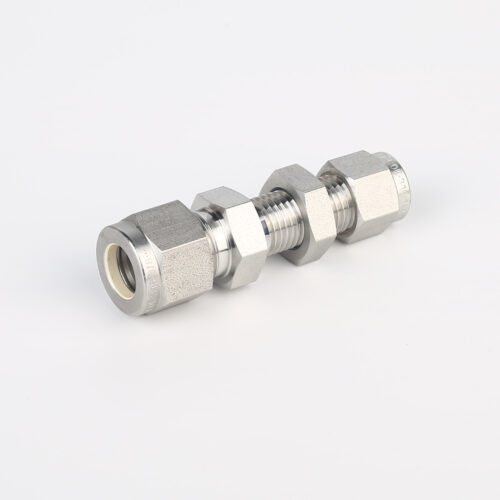
775L Bulkhead Reducing Union | Stainless Steel High Purity Double Ferrule Bulkhead Reducing Unions
-

764L Stainless Steel Union Tee High Purity Fitting Union Tee Reducing Tubing Connection
-

7102L Stainless Steel 316L SS Union Cross Ultra High Purity Long Arm Union Elbow Tee Cross Butt Weld Fittings
-
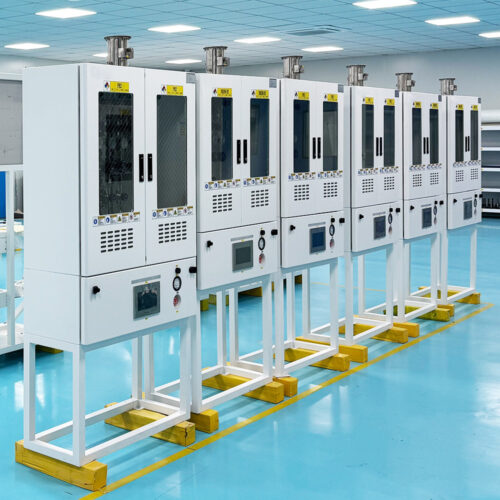
Ultra High Purity Gas Delivery Systems And Liquid Chemical Delivery Systems JW-300-LDS
-
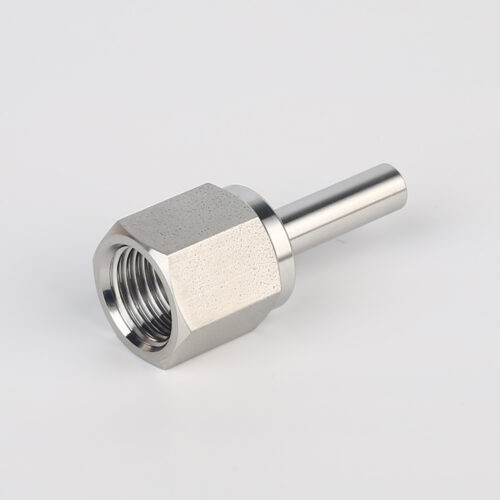
739LF High Purity Female Adapter Tube To Pipe Fittings And Connectors
-
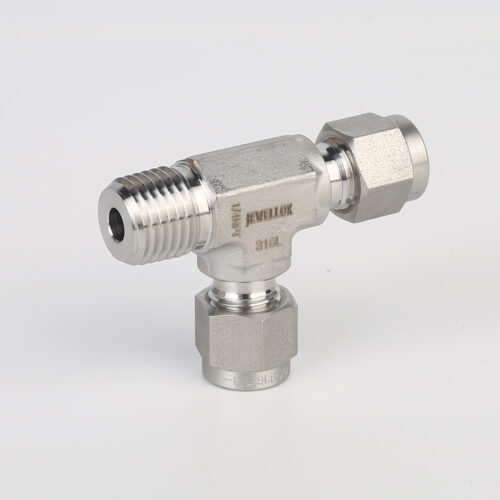
771L Male Run Tee | Stainless Steel High Quality High Purity Male Run Tee Branch Tee Pipe Fittings
-
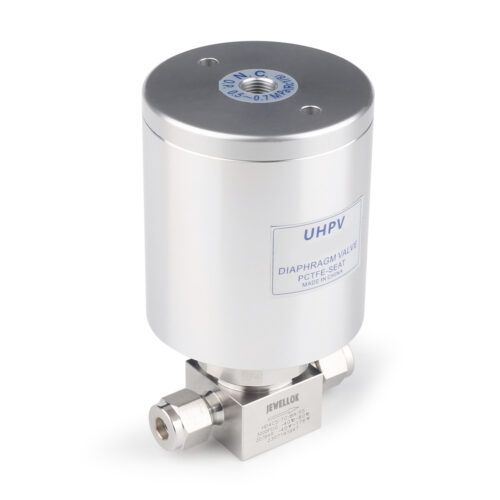
High Pressure High Temperature Pneumatic Ultrahigh Purity Stainless Steel Diaphragm Valves